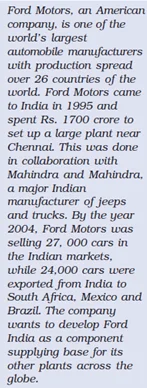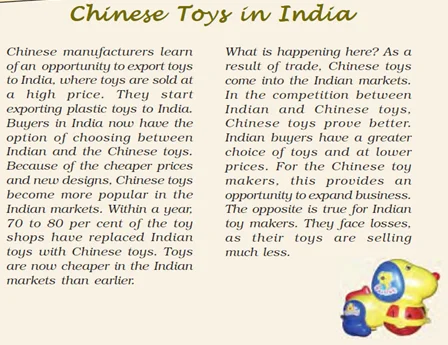![]() December 5, 2023
December 5, 2023
![]() 521
521
![]() 0
0
After independence, India followed the mixed economy framework by combining the advantages of the capitalist economic system with those of the socialist economic system.
However, this journey met a turning point in 1991, when a severe economic crisis occurred due to external debt issues and plummeting foreign exchange reserves.
This crisis propelled the government to usher in new economic reforms called Liberalization, Privatisation and Globalization (LPG Reform), steering India onto a new developmental pathway. These reforms aimed at liberalizing trade, privatizing state-owned enterprises, and integrating the Indian economy into the global market. The impact of foreign trade in India became increasingly significant as the nation embraced globalization, fostering economic growth and international collaboration.
|
Global Distribution of Production The production processes are fragmented into smaller parts and distributed globally, optimising costs and leveraging regional advantages. For instance China is recognised for being a cost-effective manufacturing hub. Mexico and Eastern Europe are valued for their geographical proximity to the large markets of the US and Europe. India is sought for its highly skilled engineers and educated English-speaking youth capable of handling technical and customer care services. |
|---|
Objective and Strategy of MNCs
 Global Production Strategies: MNCs and the Dynamics of Foreign Trade in India
Global Production Strategies: MNCs and the Dynamics of Foreign Trade in India
Foreign Trade and Integration of Markets
|
POINTS TO PONDER An open and globally connected economy enables a nation to integrate into the global supply chain, and attract foreign direct investment (FDI), and multinational corporations (MNCs). Nevertheless, it also makes the Indian economy vulnerable to the challenges of the global economic landscape. Can you think of some of the issues associated with this kind of exposure? ( An example is the 2008 financial crisis) |
|---|

<div class="new-fform">
</div>

Latest Comments